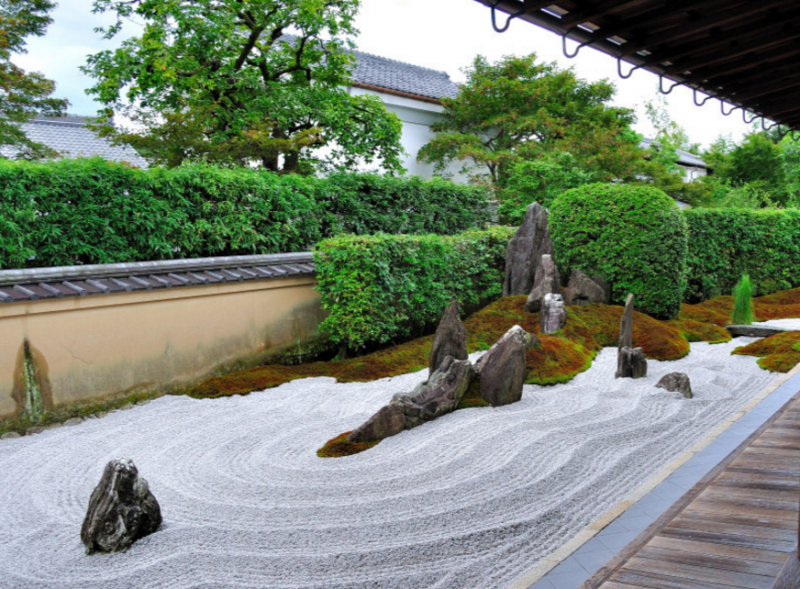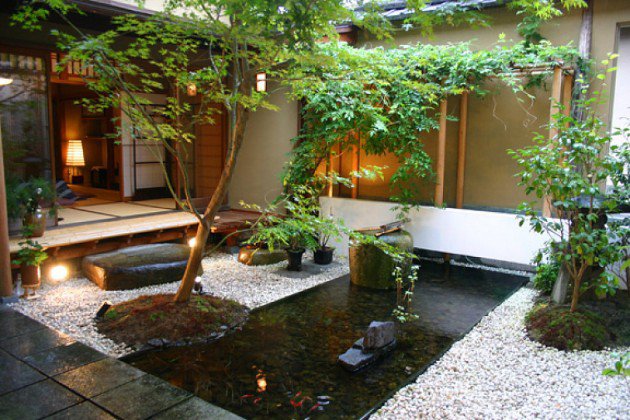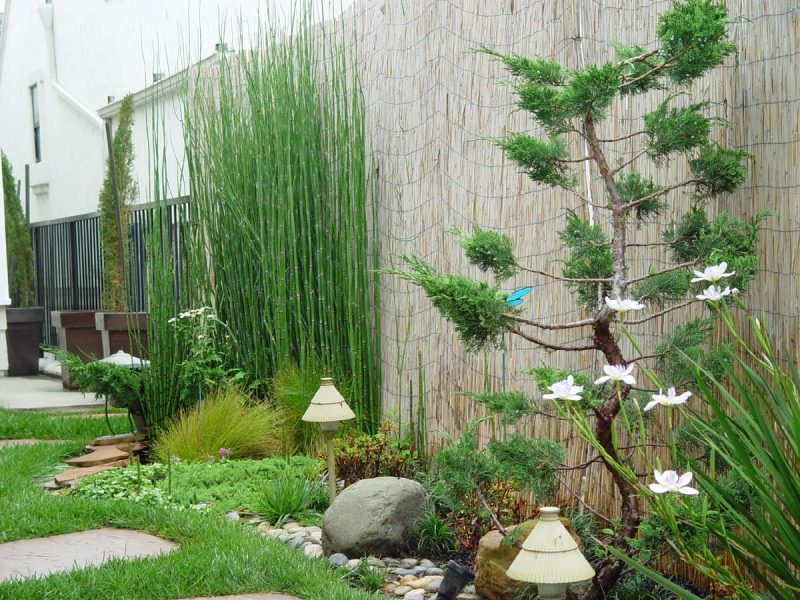How Landscaping Can Increase Your Properties’ Value
Any real estate professional will tell you that curb appeal has an impact on the value of a property. This is one of the reasons why home stagers preparing a property for an open house always make sure that yards are tidy and landscaped. First impressions count and the first thing potential buyers see (as far as detached homes with lawns go) is, of course, the state of property’s outdoor space.


Aside from creating the right impression on real estate buyers, there are other reasons why landscaping boosts property value.
- Leafy streets that have 50 percent cover have been found to add up to 5.4 percent more to the median house sale price, according to a case study by the Brisbane City Council.
- A broad-leaved tree located in front of a home has the ability to boost the property’s median price by as much as $16,889, reveals a Perth-based research.
- Survey results also show that the amount of money directed toward landscaping increases perceived home value, and thus will result in a much higher asking price. In addition to the cost of landscaping, design value of landscaping is another factor that has the power to nudge property value higher.
Meanwhile, homeowners who have no plans of selling their property also have more to gain from this effort. Landscaping upgrades allow you to get more use out of your lawn or garden. Many find delight in the results of such a project because who wouldn’t like having beautiful nature around them?
Easy, High-Impact Landscaping
If you want to try landscaping strategies that can enhance the value of your home, you may want to consider the following easy, practical improvements:
- Polish those edges. You can spend your weekends trimming overgrowth of grass to clearly define the edges of your lawn. Or you can restrain invasive turf like Kikuyu and Couch by creating solid physical barriers around the edges of your lawn.
- Plant in profusion. Lush landscaping can alter the dimensions of your outdoor space and give it an appearance of health. Choose hardy plants or flowers endemic to your region. For example, if you live in Melbourne, you won’t have trouble growing Mulla Mulla, Everlasting Daisies and Geraldton Wax. These will proliferate really quickly, providing your garden pops of colour and additional dimensions.
- Add potted plants. You can use potted plants to create sections in your yard and add flattering height to certain areas.
These are just some of the many findings that prove how landscaping increases property function and aesthetics. If you want to optimise your home’s value and boost the quality of life in your home, consider a landscaping project for your outdoor spaces.
For more garden and landscaping tips, tune in for more Jim’s Mowing NZ blogs.

 Ask a seasoned DIY-er why he prefers to do projects by himself instead of letting professionals do it for him. Most likely, he’ll tell you it’s about the savings. And who cannot use a few extra dollars in his pocket?
Ask a seasoned DIY-er why he prefers to do projects by himself instead of letting professionals do it for him. Most likely, he’ll tell you it’s about the savings. And who cannot use a few extra dollars in his pocket?

 Proceeding without a plan
Proceeding without a plan Beautifying an outdoor space through landscaping often seems like a daunting project to take – especially with the potential costs that it may entail. Many homeowners are aware of just how easy it is to lose control of the budget for improvement initiatives as inspiration keeps pouring in.
Beautifying an outdoor space through landscaping often seems like a daunting project to take – especially with the potential costs that it may entail. Many homeowners are aware of just how easy it is to lose control of the budget for improvement initiatives as inspiration keeps pouring in.
 A building’s gutters may not exactly be eye-catching, but these certainly perform a vital role.
A building’s gutters may not exactly be eye-catching, but these certainly perform a vital role. But just like any other part of a house, the gutters need to be cleaned and maintained in order to ensure their optimal performance. Over time, leaves, twigs and small branches, and other types of debris can collect in the gutters.
But just like any other part of a house, the gutters need to be cleaned and maintained in order to ensure their optimal performance. Over time, leaves, twigs and small branches, and other types of debris can collect in the gutters. Rainwater can also leak into the basement if the gutters are not cleaned and therefore cannot function optimally. The excess water can get to the basement and lead to various problems like gas leaks and electrical shocks.
Rainwater can also leak into the basement if the gutters are not cleaned and therefore cannot function optimally. The excess water can get to the basement and lead to various problems like gas leaks and electrical shocks. Protecting Your Gutters
Protecting Your Gutters Gutter guards offer the following specific benefits:
Gutter guards offer the following specific benefits: Choosing the Best Gutter Protection System for Your Home
Choosing the Best Gutter Protection System for Your Home Most gutter-related issues and types of damage occur during autumn and winter. As such, autumn is the best season for you to get ahead of your gutter maintenance.
Most gutter-related issues and types of damage occur during autumn and winter. As such, autumn is the best season for you to get ahead of your gutter maintenance. In addition, by making sure your gutters are clean, you effectively decrease the chances of mould growth and pest infestations. If you want to do this chore, make sure you observe important safety cleaning precautions. You can also make sure you thoroughly clean your gutters by flushing it using a garden hose after removing all the debris and gunk. This is also a good way for you spot leaks on your gutters.
In addition, by making sure your gutters are clean, you effectively decrease the chances of mould growth and pest infestations. If you want to do this chore, make sure you observe important safety cleaning precautions. You can also make sure you thoroughly clean your gutters by flushing it using a garden hose after removing all the debris and gunk. This is also a good way for you spot leaks on your gutters. Invest in a gutter guard.
Invest in a gutter guard.  The most impressive homes today not only boast of a landscaped lawn but have vegetable and fruit gardens as well. Flowering plants can be challenging to grow, but edible ones can be doubly difficult.
The most impressive homes today not only boast of a landscaped lawn but have vegetable and fruit gardens as well. Flowering plants can be challenging to grow, but edible ones can be doubly difficult.
 Practise organic pest control.
Practise organic pest control.






























